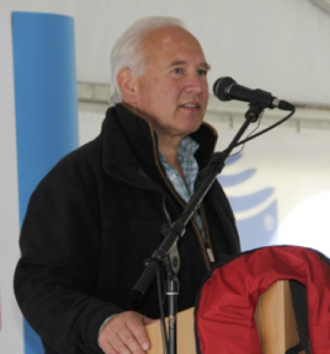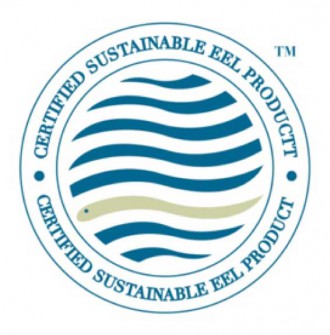Making the eel sustainable
Andrew Kerr, conservationist and chairman of the Sustainable Eel Group (SEG), explains how rigorous new sustainable practises are trying to combine with natural forces to accelerate the eel’s recovery.
“When we started the Sustainable Eel Group five years ago, the eel was in a real crisis. The number of glass eels arriving on Europe’s western seaboard had plummeted since the mid 1980s, and there was little agreement about how mankind could help.
While a lot of people clamoured for an immediate ban on fishing across Europe, it was interesting that many of the leading scientists and conservationists believed differently. They recognised that the eel’s unique life cycle required a more holistic approach which included, rather than outlawed, tightly controlled fishing and allowed the development of sustainable production.
Five years on, new European regulations and greater awareness of the problems has mobilised a wide range of groups across Europe to bypass or remove the obstacles – the weirs, barriers and pumps – that are blocking the migration of eels and other fish. And as an emergency measure, each year millions of young eels are being caught in areas where they are abundant like the River Parrett and the River Severn, and restocked (transferred) to rivers and lakes throughout Europe where eels have all but vanished.
These upstream habitats would historically have been teaming with eels, but the understandable proliferation of flood defences, water pumps and hydro electric power stations over the last 50 years has made them incredibly difficult for eels to reach. That’s now changing, and in the UK the Environment Agency, Rivers Trusts, SEG and other bodies have made over 600 obstacles passable for eels.
There are many other reasons to be positive in 2014.
This week we undertook the UK’s biggest ever initiative to help endangered eels, mobilising volunteer fishermen and conservationists with the goal of catching and re-homing 1 million baby eels in a single night. It was an ambitious goal, but we not only met it, we exceeded it, catching some 1.2 million.
In addition, the majority of Europe’s eel industry has embraced the concept of sustainability and improved production techniques to meet the strict criteria of the Sustainable Eel Standard. This Standard, which was created by leading scientists and conservationists in 2010, aims higher than the requirements of the 2007 European Eel Regulation. The Standard is reintroducing confidence to consumers, chefs and retailers that there is a sustainable way to enjoy eel.
In February, SEG met some of London’s leading chefs and restaurateurs to discuss the detail of the Sustainable Eel Standard, and the response was very encouraging. They told us how customers now rightly expect the highest standards of sustainability and traceability in all the fish that they’re served, and want individual fisheries to be managed in a way that invests in the future rather than robs from it. This is exactly what the Standard demands.
The huge numbers of glass eels arriving in the UK this year represents an enormous opportunity for conservation and the eel industry. More than 70% of this year’s catch is expected to be sent for restocking projects in the UK and around Europe. Almost all of the catch that isn’t used for restocking this year will be processed by collectors and smokeries that are operating according to the Sustainable Eel Standard, and it is imperative that consumers look for the logo if they’re buying eel.







